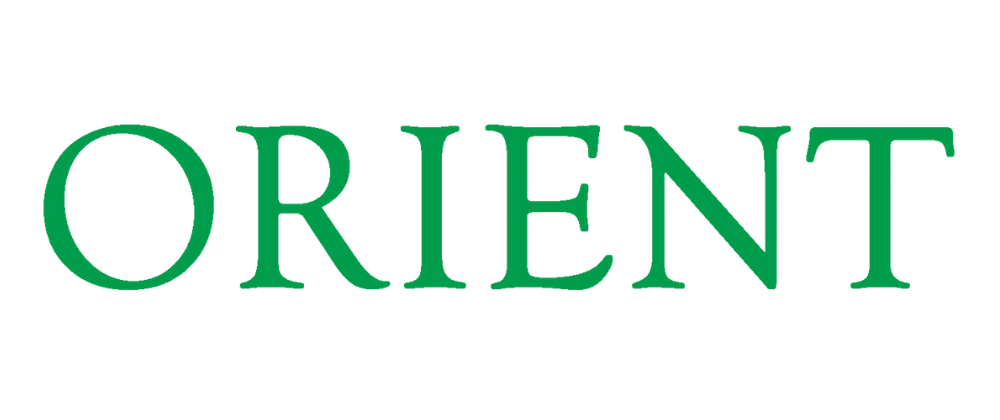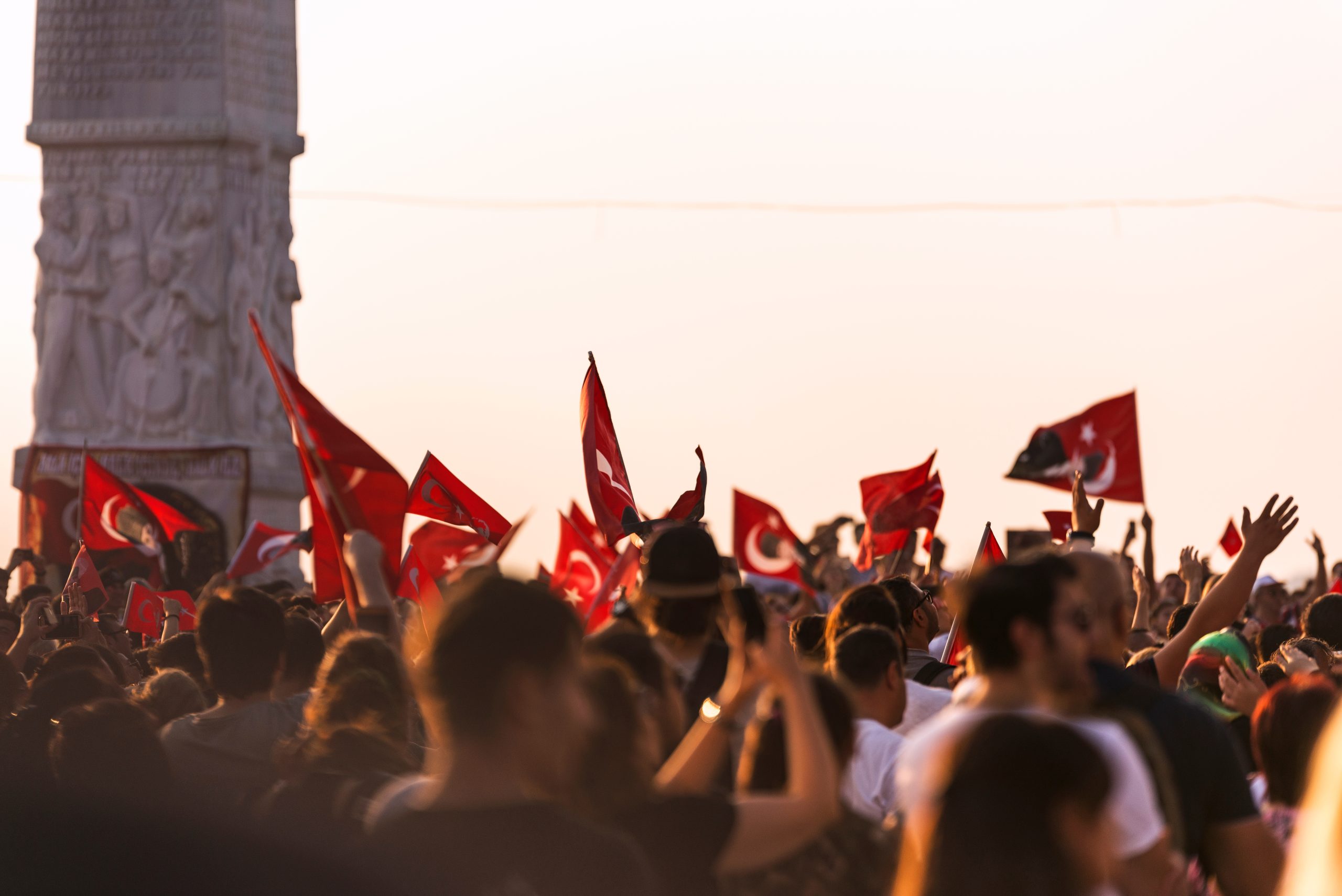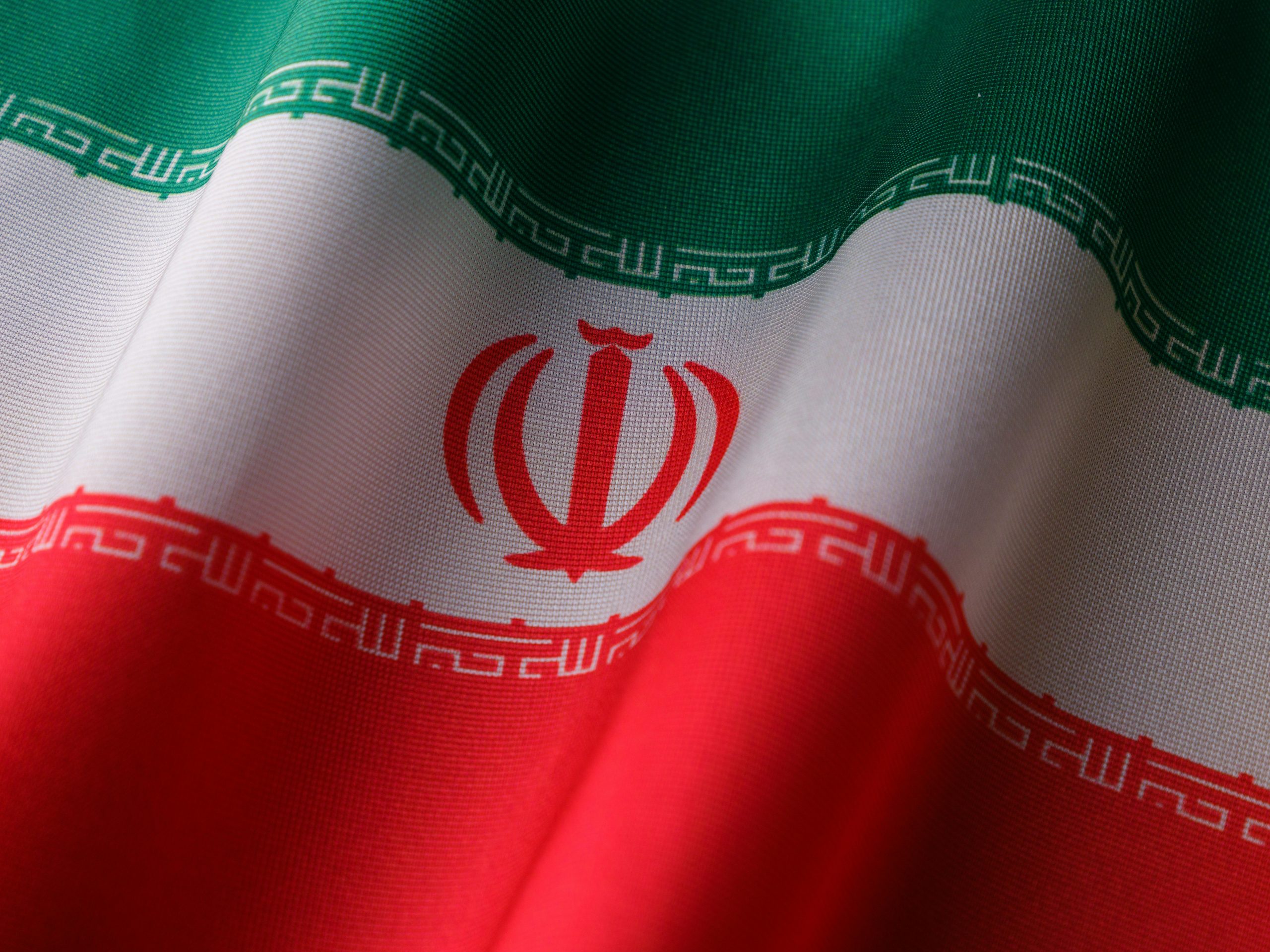Reflections on Modern Turkish History
Dr. Carter Vaughn Findley
Drawing on the author’s experience in writing The Turks in World History (2005) and Turkey, Islam,
Nationalism, and Modernity: A History, 1789-2007 (2010), this essay examines critical problems
and paradoxes in the history of the Turkish peoples. Clearly united by their languages but otherwise prodigiously diverse, the Turkish peoples’ ability to project their identity enduringly across
space and time seems paradoxical in itself. They were nomads of the Eurasian steppes in early
centuries, and nomads the world over resist the rule of states. Yet nomads of the steppes created
world empires. What explains this paradox? Out of it emerges the sacralization of state authority,
the leitmotif of the Turks’ political history from earliest times to the present. In modern times, the
loss of sovereignty opens the widest gulf between the history of Central Asia’s Turks and those of
the Ottoman Empire. Astute choices that enabled the Ottomans to avoid repeating the mistakes
of others also enabled them to project the Islamic tradition of state formation into modern times.
The historians who founded the study of the modern Turkish experience envisioned a linear trajectory from Islam and empire to laicism and nation-state. Yet the persistence of Islam demands
an interpretation that recognizes more than one approach to modernity, a culturally conservative
approach as well as a radical secularizing one. The interpretation that best explains the last two
centuries is that of two currents of change, alternately clashing and converging, to shape the transition from empire to nation-state. As new demands for pluralism arise in Turkey, will these two
currents shape the history of the twenty-first century, or will they give way to a more finely divided
politics of identities and interests from which fuller democratization may emerge? Ultimately,
pluralism requires establishing that citizens can be equal and different at the same time.
Dr. Carter Vaughn Findley




